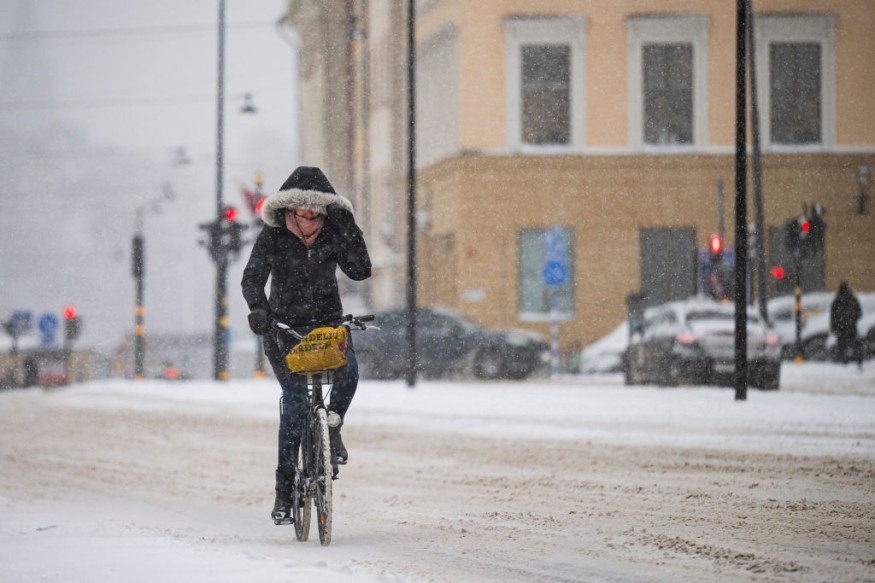Human-caused climate change has resulted in a global drop in snowfall due to higher average temperatures. According to the new analysis by the National Oceanic and Atmospheric Administration, more precipitation is anticipated to fall as rain, disrupting the food supply and providing less water to billions of people.
Warmer Planet

Climate experts stressed that the future of snowfall is very clear: a warmer planet caused by human pollution means precipitation will fall as rain rather than snow, all else being equal.
Climate change may cause more extreme winter storms and increased snowfall in the near term, as data from the Northeast US shows, but as global temperatures rise, there will be fewer of those years, and snowfall amounts may eventually fall off a cliff.
"Eventually the laws of thermodynamics mean that as you keep warming you're just going to transition more and more of that snow over to rain. You can get away with things for a little bit, and it can hide some trends, but overall the laws of thermodynamics will win out," said Brian Brettschneider, a climate scientist with the National Weather Service in Alaska and the brains behind the data analysis in this story.
The analysis also showed that snowfall totals will not progressively diminish as average temperatures climb. When temperatures approach a "tipping point," snowfall levels will fall precipitously.
2.7% Decrease In Global Snowfall
According to Brettschneider's examination of data from the European Union's Copernicus Climate Change Service, annual worldwide snowfall has already decreased by 2.7% since 1973.
The declining trend is most noticeable in the Northern Hemisphere's mid-latitudes-the region north of the tropics and south of the Arctic, which is home to the United States and much of the world's population.
Aside from less water and a disruption in the global food supply, less snowfall means higher ground temperatures. Because sunlight is more direct at lower latitudes and there is less snowpack on the ground, solar rays will be absorbed by the ground rather than reflected back into the atmosphere, warming the atmosphere.
A dense and robust snowpack also serves as a reservoir, holding water over the winter months, which does not occur when precipitation falls as rain.
Because of their Mediterranean-like climate and more intense boom-and-bust precipitation cycles, California and other parts of the American West will most likely be the barometers for the early transition.
"California is the poster child - it does not rain in the summer in California, and so the snowmelt runoff, the snow that waits and runs off later in the season, is absolutely essential for all of the ecosystems, all of the agriculture, all of the cities or anyone who wants water during the dry season," said University of Washington environmental engineering professor Jessica Lundquist.
Understanding the effects of reduced snowfall on the world water supply is significantly more involved than simply stating that less snowfall means less available water. It is highly dependent on location and a variety of other dynamic snow elements.
The crucial thing to track for water availability is not the volume of snow but the amount of water in the snow, which can fluctuate dramatically. A light, fluffy snow contains little water, whereas a dense, heavy snow contains a lot.
© 2025 NatureWorldNews.com All rights reserved. Do not reproduce without permission.





